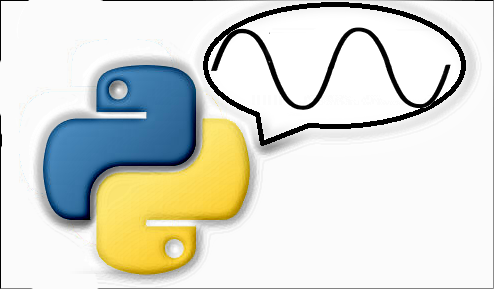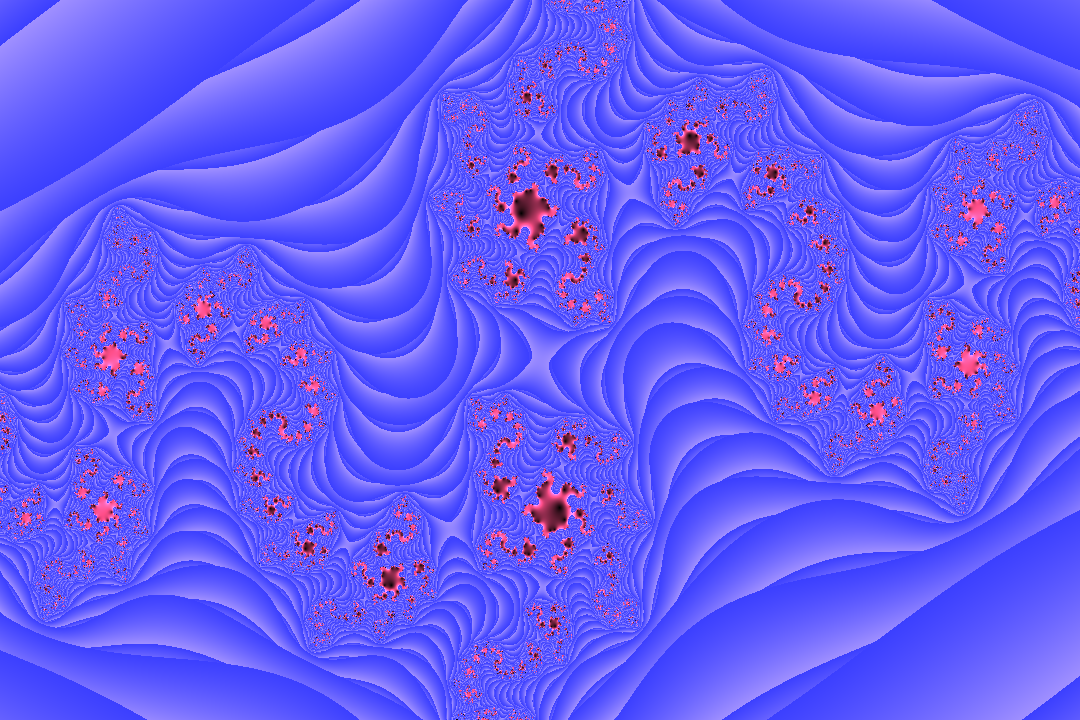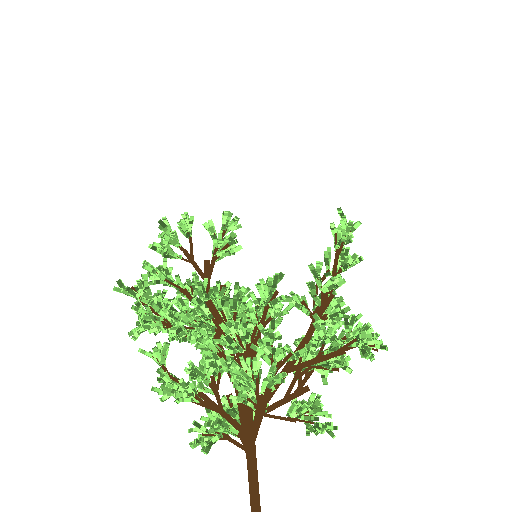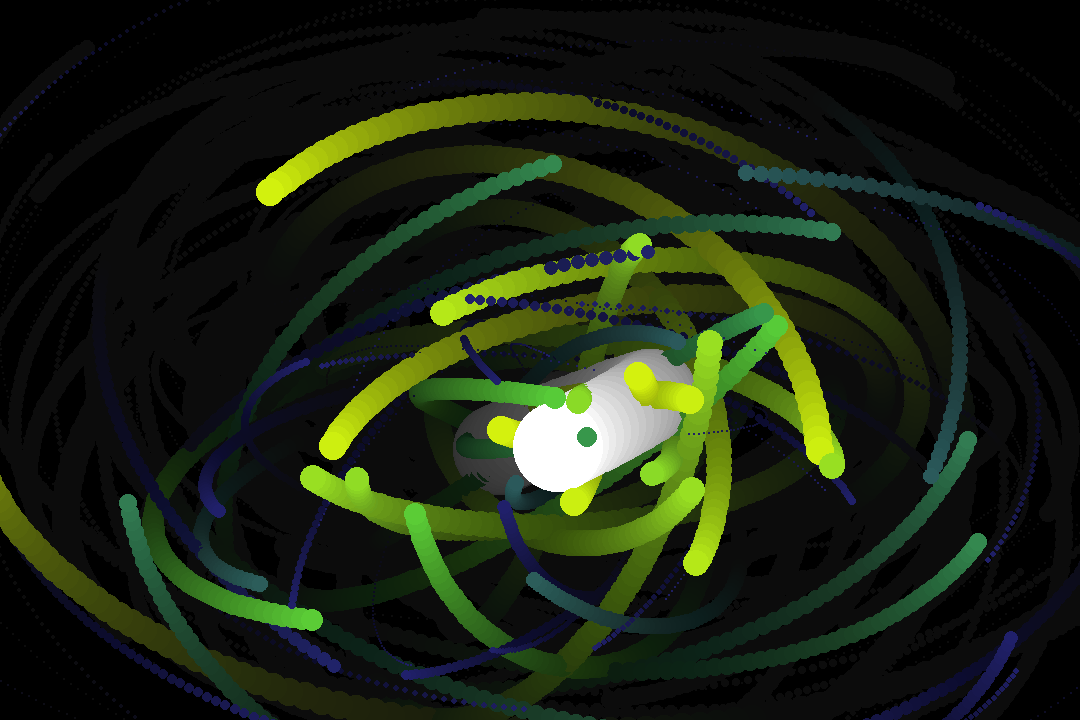This tutorial walks you through generating a sine wave in Python, using libraries like wave and struct, and exporting it as a .wav file. Ideal for those interested in audio processing or sound design.


This tutorial walks you through generating a sine wave in Python, using libraries like wave and struct, and exporting it as a .wav file. Ideal for those interested in audio processing or sound design.

Write code from templates with the push of a button I have this system I like to use in Emacs for categorising and visualising custom hotkeys, when pressed these hotkeys run a corresponding macro, and inserts the expanded data into the current/last selected point in the editor. This is my attempt to implement a similar […]
Intro I extracted my mate’s (approximately 60×60 pixel) face from a Facebook picture, and overlaid it onto a depth-map for a similarly shaped face, then used a custom python script to create a 3d wavefront model of his face, and an accompanying .mtl file for the texture. I will create a post soon properly dissecting […]
When starting out with IO and learning to efficiently read and write binary structures to and from Python most people will confront the problem of packing a string or list into a structure. Variations of this question plague Stack Overflow, here are two quick examples:https://stackoverflow.com/questions/3753589/packing-and-unpacking-variable-length-array-string-using-the-struct-module-in-py, https://stackoverflow.com/questions/34117620/how-to-unpack-variable-length-data-in-python-struct I have a rather simple solution I decided to […]
Introduction: I’m hoping to start a new content series where I slowly read math-heavy non-fiction books and try to port them into programming languages as I go along. Usually I’d say it will be in Python, though if the situation calls for it I will use whichever language I believe is ideal for the task. […]

Draw Julia set animations by simply defining a 2d line though the complex plane. A Julia set is simply a recursive function or iterative process that takes the form z=z^2+cwhere the initial value of z is a complex number representing a point in 2d space, and c is any complex.The z argument is updated until […]

Today I’d like to share another old project of mine.I’ve been looking through my old YouTube uploads and trying to see which scripts I can still track down. Most scripts I wrote as a beginner programmer I’ve shared at some point on my Facebook (A practice I stopped about 8 years ago). If I look […]
I’d like to share some very early ASCII art of mine; a pascal ascii animation I thought was lost to time. I was still relatively new to programming when I made this so I didn’t think of things like backups. I didn’t have anything particularly useful to motivate me to preserve it. By chance it […]

The L-System, or Lindenmayer system, named after it’s creator, Aristid Lindenmayer.L-systems were introduced in 1968 to describe the behavior of plant cells and model the growth of a variety of organisms. However, L-Systems are an incredibly versatile tool. In no way are they limited to biology; anywhere requiring parallel state changes can be modeled with […]

Simulation is a great way to learn new concepts. Whenever I’m confronted with some scary physics equation I can’t follow I usually try to find the equivalent concept in a syntax I know. In the following post I will covering a few loose simulations of Newtonian inspired gravity.It’s not true Newtonian gravity as I was […]
0